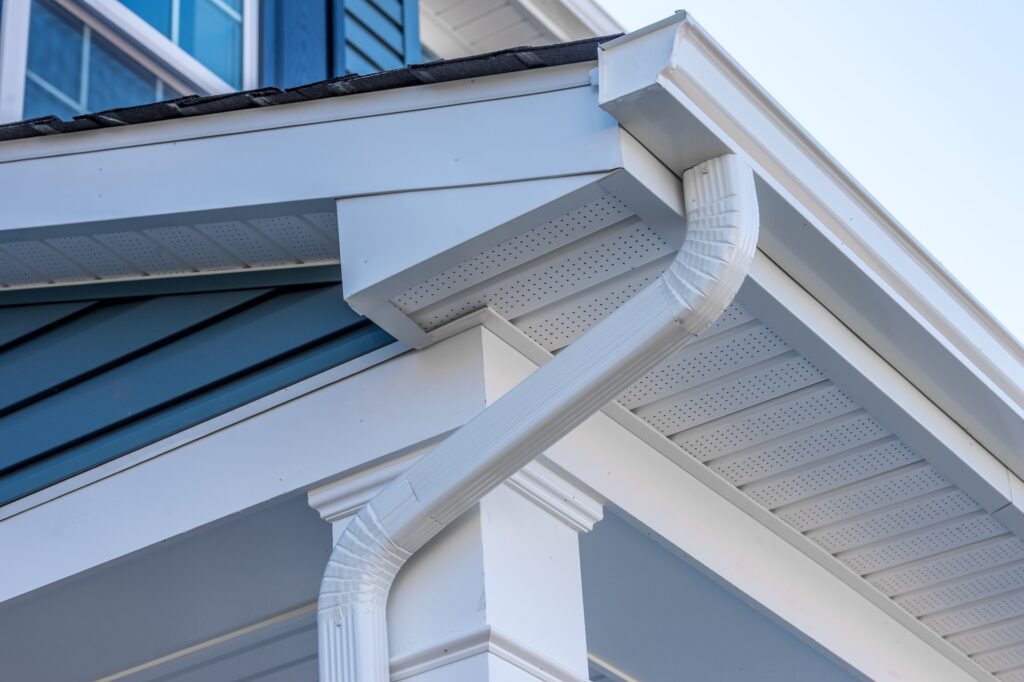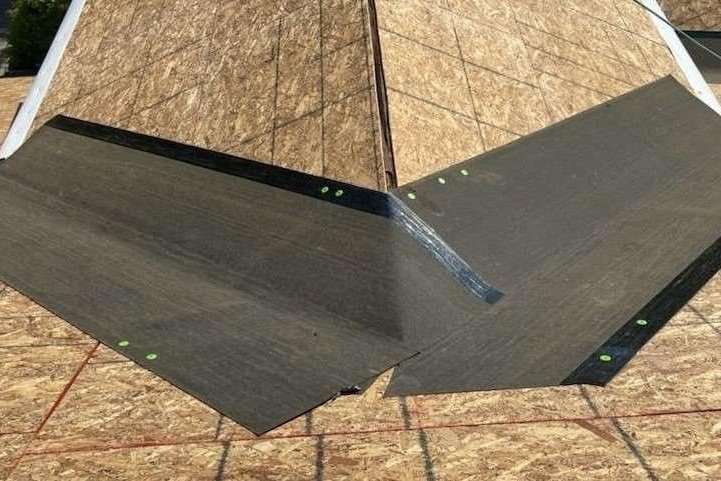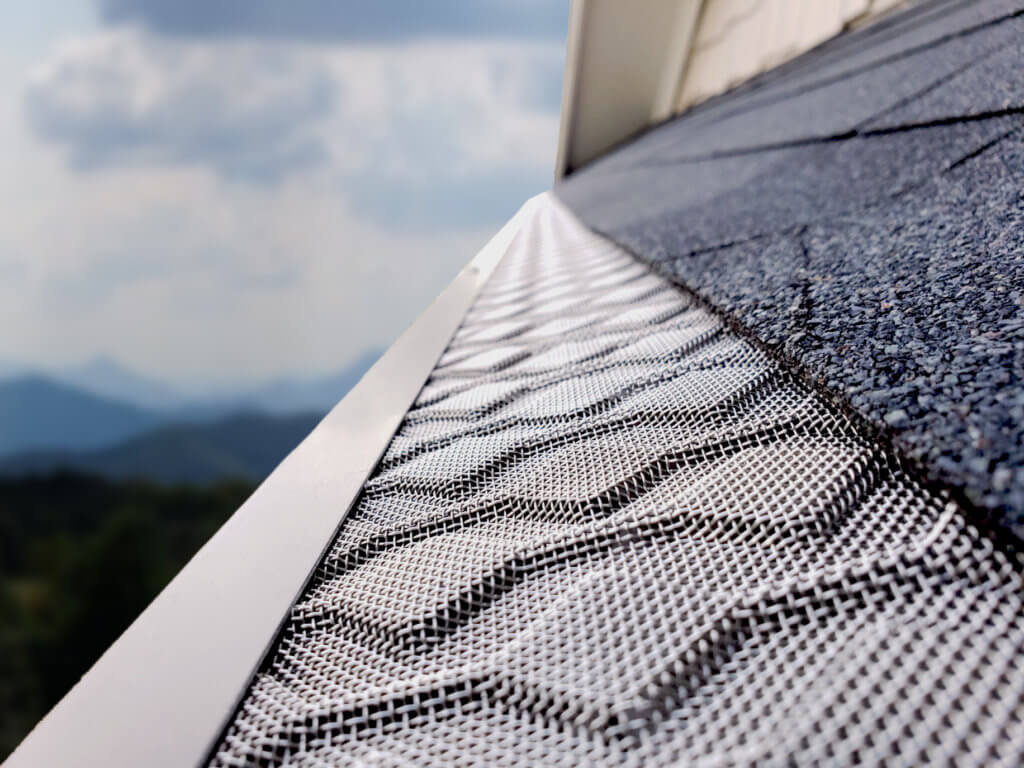Torch Down vs TPO Roofing: Choosing the Best Flat Roof for Your Lincoln City, Oregon Home
Flat and low-slope roofs present unique challenges and require specialized roofing systems to effectively protect a building from the elements. Unlike steep-slope roofs that rely heavily on gravity to shed water, flat roofs need highly durable, waterproof membranes to prevent leaks and damage. For homeowners and property owners in Lincoln City, Oregon, understanding the options available for these roof types is crucial for making informed decisions about repairs, replacements, or new construction. Two of the most common and widely used systems for flat and low-slope applications are torch-down modified bitumen and TPO (Thermoplastic Polyolefin). While both serve the same fundamental purpose, they differ significantly in material composition, installation methods, performance characteristics, and overall suitability for various applications. Choosing between them involves weighing factors like budget, desired lifespan, energy efficiency goals, and the specific structural requirements of the building. This article delves into the details of both torch-down and TPO roofing, providing a comprehensive comparison to help you navigate the decision-making process for your property.
Understanding Flat & Low-Slope Roofs
Flat or low-slope roofs are typically defined as having a pitch of less than 3:12 (meaning they rise less than 3 inches vertically for every 12 inches horizontally). While they may appear 'flat,' most have a slight slope built in to facilitate drainage. These roofs are common on additions, garages, porches, and some modern architectural designs.
The primary challenge with low-slope roofs is managing water. Unlike steep roofs where water quickly runs off, water on a low-slope roof moves much slower and can even pool in certain areas, a phenomenon known as "ponding." This makes the waterproof membrane the most critical component, as any breach can lead to significant leaks and structural damage. Proper drainage design, including the placement of drains, scuppers, or gutters, is essential. The roofing material must be completely watertight, durable enough to withstand UV exposure, temperature fluctuations, and foot traffic for maintenance, and flexible enough to accommodate building movement.
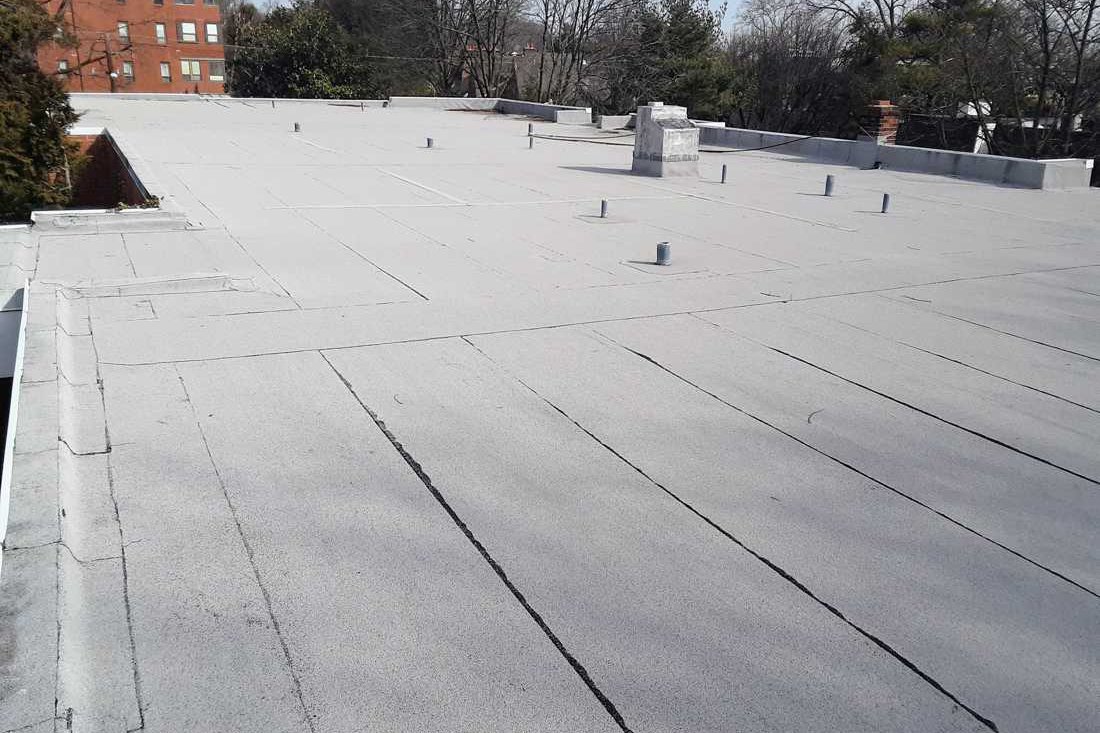
Torch-Down Roofing: A Closer Look
Torch-down roofing, also known as modified bitumen (mod-bit), is a popular system for low-slope roofs, building upon the technology of asphalt roofing. It's essentially an evolution of traditional asphalt built-up roofing (BUR), incorporating modifiers to enhance performance.
What it is
Modified bitumen roofing is an asphalt-based roofing membrane that has been enhanced with plastic or rubber polymers. The two main types of modifiers are APP (Atactic Polypropylene) and SBS (Styrene Butadiene Styrene). APP modifiers give the membrane plastic-like characteristics, making it more rigid and UV resistant. SBS modifiers provide rubber-like characteristics, increasing flexibility and elasticity, especially in colder temperatures. Mod-bit systems are typically multi-layered, often including a base sheet and one or more cap sheets. The cap sheet usually has a granular surface (similar to asphalt shingles) for UV protection and durability, or it can be smooth for coatings.
The Installation Process
The "torch-down" name comes from the most common method of installation for APP modified bitumen. Rolls of the membrane are unfurled onto the roof deck, and a roofer uses a large propane torch to heat the underside of the roll and the substrate simultaneously. This melts the asphaltic compound, creating a molten adhesive that bonds the membrane to the layer below (either the deck, insulation board, or a base sheet). Subsequent rolls are overlapped, and the seams are fused together using the torch, creating a continuous, waterproof surface.
SBS modified bitumen can also be installed using a torch, but is more commonly installed with hot asphalt (like traditional BUR) or cold adhesives. The torch method is fast and creates strong, fused seams, but it carries a significant fire risk, particularly around penetrations, edges, and combustible substrates. Proper fire safety precautions, including having fire extinguishers and a fire watch, are absolutely critical during torch-down installation. The process also produces strong odors and requires highly skilled labor to ensure consistent heat application and proper bonding without damaging the membrane.
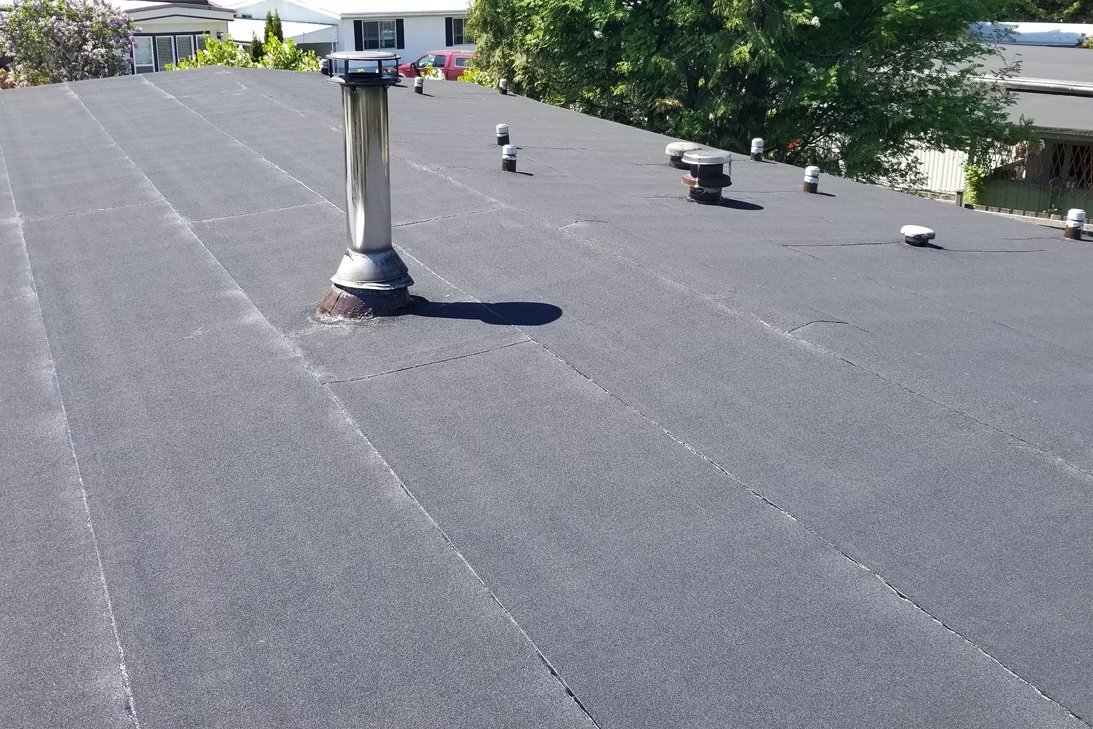
Pros of Torch-Down
- Durability: Modified bitumen is a robust material that can withstand foot traffic and minor impacts reasonably well once installed.
- Waterproofing: When properly installed with fused seams, it creates a highly effective waterproof barrier.
- Proven Technology: As an evolution of BUR, the underlying principles are well-understood and have a long track record.
- Relatively Economical: Compared to some other single-ply systems or liquid-applied membranes, mod-bit can be a cost-effective option.
Cons of Torch-Down
- Fire Risk During Installation: The use of open flames is the most significant drawback, posing a serious safety hazard if not executed with extreme caution and adherence to safety protocols.
- Odor: The heating of asphalt during installation produces strong, unpleasant odors that can linger.
- Temperature Sensitivity: Installation can be challenging in very cold or very hot weather, affecting the material's flexibility and the bonding process.
- Less Flexible Over Time: While initially flexible (especially SBS), modified bitumen can become more brittle with age and temperature cycles compared to some newer membrane types.
- Not Highly Reflective (typically): Standard granular surfaces are usually dark, absorbing heat, which can lead to higher cooling costs unless a reflective coating is applied.
TPO Roofing: A Modern Alternative
TPO roofing is a single-ply roofing membrane that has gained immense popularity, especially for commercial and residential low-slope applications. It's known for its durability, energy efficiency, and relatively easy installation compared to systems like torch-down.
What it is
TPO stands for Thermoplastic Polyolefin. It is a single-ply membrane, meaning it consists of one layer of material. The composition typically includes a TPO polymer base, a reinforcing scrim (usually polyester fabric) to provide strength and stability, and a TPO compounded top ply. TPO membranes are manufactured in large rolls and are available in various thicknesses, typically 45, 60, or 80 mils. They are most commonly white, which offers excellent solar reflectivity, but are also available in gray, tan, and other colors.
The Installation Process
Unlike torch-down, TPO installation does not typically involve open flames. The most common methods are mechanically attached, fully adhered, or induction welded.
- Mechanically Attached: The TPO membrane is rolled out and fastened to the roof deck using screws and plates. Subsequent rolls overlap, and the seams are welded together using a hot-air welding tool. The fasteners are then covered by the next roll. This is often the fastest and most economical installation method.
- Fully Adhered: The membrane is glued to the substrate (insulation board or deck) using a special adhesive. This method requires a clean, smooth surface and is often preferred for roofs with irregular shapes or high wind uplift requirements. Seams are still hot-air welded.
- Induction Welding: A less common but highly effective method, particularly over certain types of insulation board. Special plates are fastened to the deck, and the TPO membrane is laid over them. An induction welding tool heats the plate through the membrane, fusing the membrane to the plate without direct heat on the membrane surface. Seams are still hot-air welded.
In all TPO installation methods, the critical step is the hot-air welding of the seams. A specialized welding tool blows hot air (often several hundred degrees Fahrenheit) onto the overlap area, and a roofer uses a silicone roller to press the two layers together while the material is molten. When done correctly, this creates a monolithic, watertight bond that is often stronger than the membrane itself. This process eliminates the open flame risk associated with torch-down.
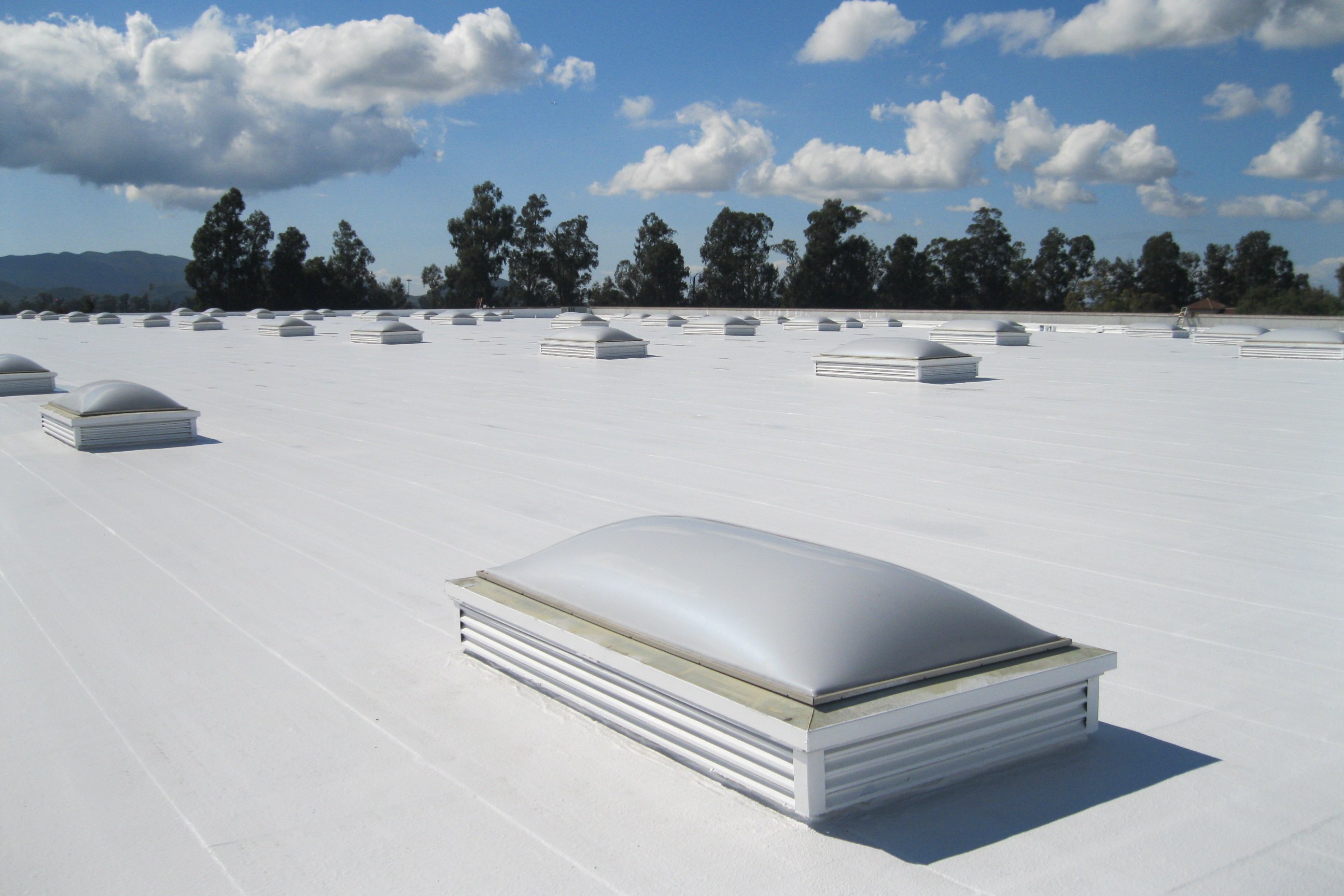
Pros of TPO
- Energy Efficiency: White TPO is highly reflective of sunlight, reducing the amount of heat absorbed by the roof. This can significantly lower cooling costs, especially in sunny climates. It can contribute to LEED credits and energy-efficient building certifications.
- Durability: TPO is known for its resistance to UV rays, ozone, and chemical exposure. It is also highly resistant to punctures and tears.
- Flexibility: The material remains flexible in a wide range of temperatures, making it less prone to cracking or splitting due to thermal expansion and contraction.
- Installation Safety: The primary installation method (hot-air welding) eliminates the significant fire risk associated with torch-down roofing.
- Versatility: Can be installed using multiple methods (mechanically attached, adhered), making it suitable for various roof types and conditions.
- Strong Seams: Properly hot-air welded seams create a very strong, watertight bond.
Cons of TPO
- Historical Performance Variability: Early generations of TPO had some issues with premature failure of seams or the membrane itself. However, modern TPO formulations from reputable manufacturers have significantly improved performance and longevity.
- Quality Varies: As with any product, the quality of TPO membrane can vary between manufacturers. Choosing a trusted brand is important.
- Surface Can Be Slippery: The smooth surface of TPO can be very slippery when wet or icy, requiring caution during roof access for maintenance.
Torch-Down vs. TPO: A Direct Comparison
Choosing between torch-down and TPO involves comparing their characteristics head-to-head.
| Feature | Torch-Down (Modified Bitumen) | TPO (Thermoplastic Polyolefin) |
|---|---|---|
| Material Base | Asphalt with modifiers (APP or SBS) | Polyolefin polymer with scrim reinforcement |
| Layers | Typically multi-layer (base sheet, cap sheet) | Single-ply membrane |
| Installation | Primarily torch-applied (open flame), hot asphalt, or cold adhesive | Primarily hot-air welded seams; mechanically attached, fully adhered, or induction welded (no open flame) |
| Installation Risk | Significant fire risk with torch method | Minimal fire risk with hot-air welding |
| Seam Strength | Fused asphaltic bond (can be strong if done well) | Hot-air welded bond (often stronger than membrane) |
| Flexibility | Moderate (SBS more flexible than APP), can become brittle with age | High flexibility across temperature ranges |
| UV Resistance | Granular surface provides UV protection | High inherent UV resistance |
| Energy Efficiency | Low (dark granular surface absorbs heat) unless coated | High (white surface is highly reflective) |
| Puncture/Tear Res. | Good | Excellent |
| Lifespan | 15-20 years (can vary based on installation/maintenance) | 15-25+ years (can vary based on installation/manufacturer) |
| Repair | Requires heating/patching with similar material | Requires hot-air welding patches |
| Cost | Generally comparable to TPO, can be slightly less expensive initially | Generally comparable to torch-down, may have higher material cost but potentially faster installation |
Choosing the Right System for Your Property
Deciding whether torch-down or TPO is better for your low-slope roof in Lincoln City, Oregon, depends on several factors:
- Budget: While material costs can fluctuate, both systems are generally in a similar price range. Installation labor can vary based on method and complexity. Getting quotes for both can help clarify the current market costs.
- Building Type and Use: TPO's energy efficiency is a major benefit for conditioned spaces, potentially leading to significant savings on cooling bills. Torch-down might be suitable for unconditioned structures like garages or sheds where energy efficiency isn't a primary concern, provided fire safety during installation is rigorously managed.
- Desired Lifespan: Both systems offer comparable lifespans when properly installed and maintained, typically 15-25 years. TPO from reputable manufacturers may offer a slight edge in potential longevity due to advanced material science and seam integrity.
- Energy Goals: If reducing energy consumption and meeting energy efficiency standards are important, TPO's reflective properties make it the clear winner.
- Installation Safety Preferences: For many, the elimination of open flames with TPO installation methods is a significant advantage and reduces risk during the project.
Ultimately, the best choice often comes down to balancing these factors with professional advice tailored to your specific property's needs and the local climate conditions.
The Importance of Professional Installation
Regardless of whether you choose torch-down or TPO, the quality of the installation is paramount to the performance and lifespan of the roof. Flat and low-slope roofing systems are unforgiving of errors. Improperly installed underlayment, inadequate deck preparation, poor drainage design, or, most critically, faulty seam work can lead to leaks and premature system failure.
For torch-down, consistent heat application and proper fusion of seams are essential but require significant skill and attention to safety. For TPO, achieving strong, watertight seams through hot-air welding requires specialized equipment and trained operators. A poorly welded seam is a guaranteed leak point.
A qualified and experienced roofing contractor understands the nuances of each system, the specific requirements for low-slope applications, and how to ensure a durable, watertight installation that meets local building codes and manufacturer specifications. They can also help identify potential issues with the existing roof deck or drainage that need to be addressed before installing the new membrane.
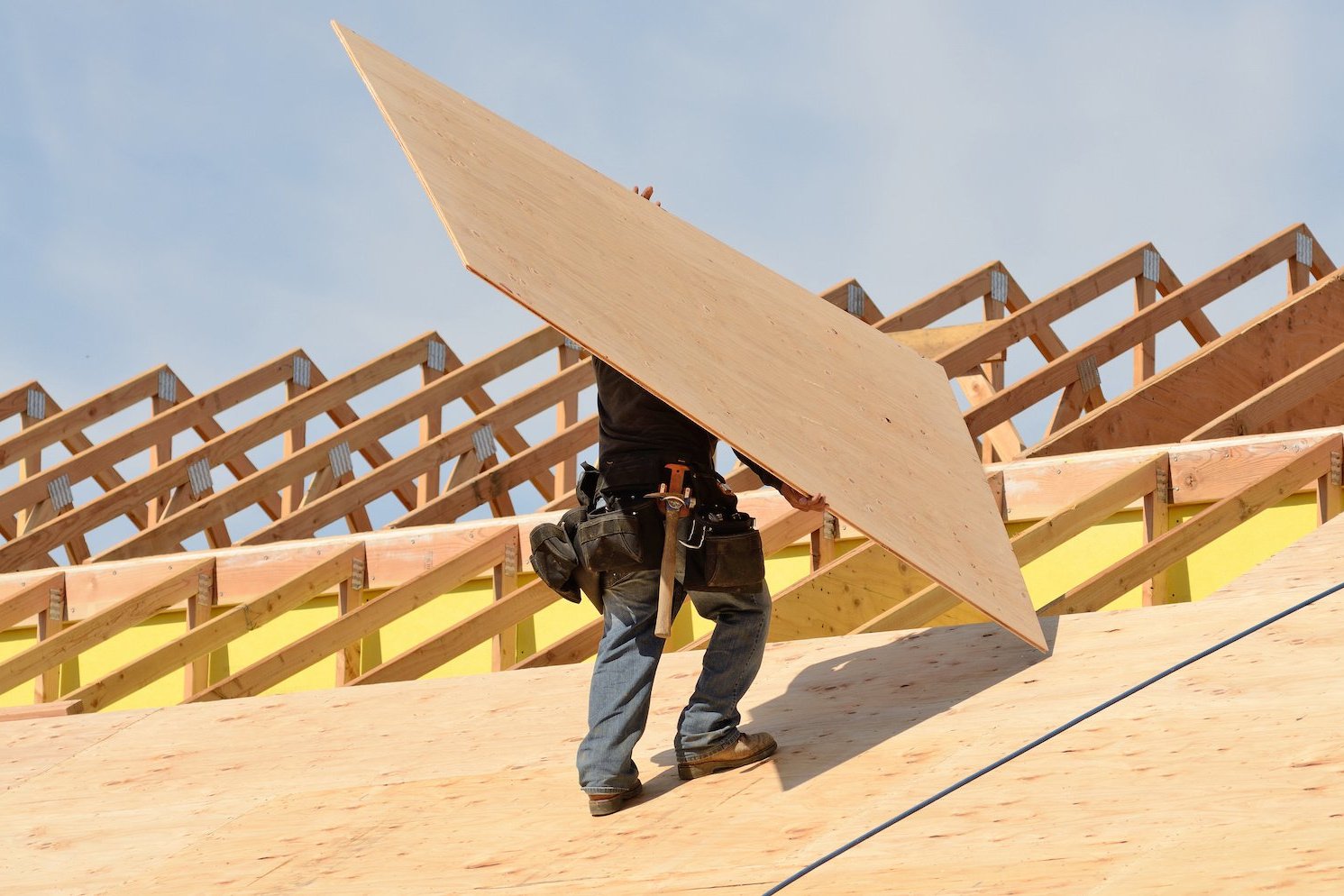
Planning Your Flat Roof Project
Once you understand the differences between torch-down and TPO and have considered which might be the better fit for your property, the next step is planning the project. This involves evaluating the current condition of your roof, determining the scope of work (repair or full replacement), budgeting, and selecting a contractor.
For initial planning and getting a sense of potential costs for a flat roof replacement or major repair project, especially if it's a planned project rather than an emergency:
If you're planning a flat roof replacement or budgeting for future work and don't have immediate leaks, you can get a quick, preliminary idea of costs without an in-person visit.
Get your free instant roof estimate
However, if your low-slope roof is experiencing issues like active leaks or visible damage, particularly after a storm, you'll need a professional inspection right away to assess the damage and recommend the necessary repairs or replacement.
For urgent situations like active leaks, storm damage, or any issue requiring immediate professional assessment of your flat roof, don't wait. You need a qualified roofer to inspect the problem promptly.
Book a roofing appointment
Finding reputable roofers who specialize in flat and low-slope roofing systems is crucial. They can provide expert diagnosis, recommend the most appropriate system based on your specific roof and needs, and provide accurate, detailed quotes.
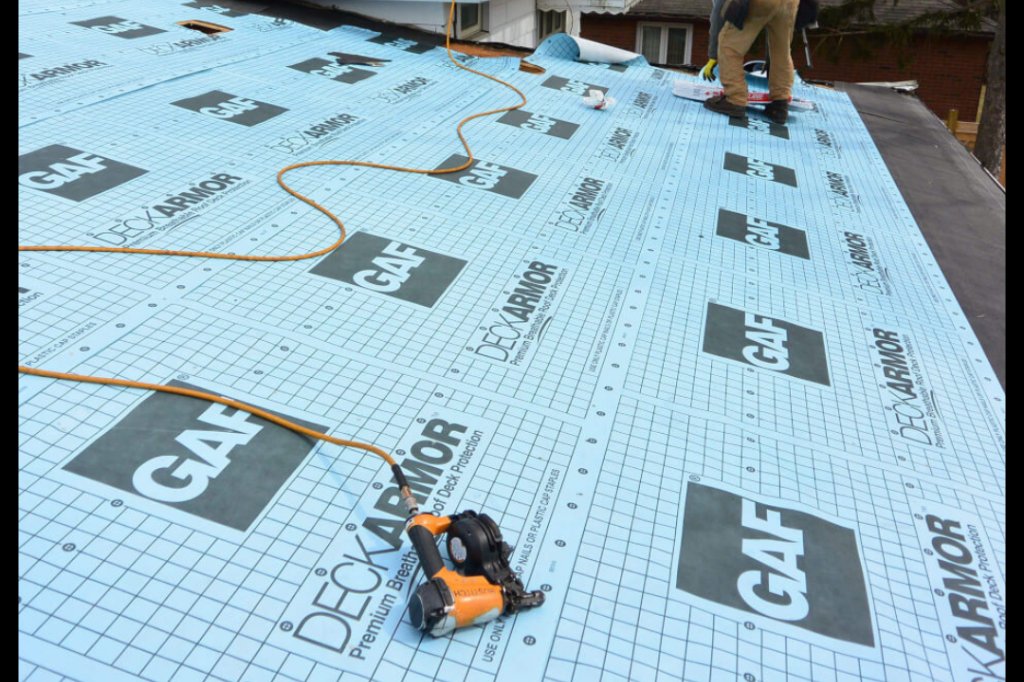
Frequently Asked Questions
Here are some common questions homeowners have about flat and low-slope roofing systems:
- How long do torch-down and TPO roofs last?
Typically, both systems are expected to last between 15 to 25 years, though lifespan can vary based on climate, installation quality, maintenance, and the specific product manufacturer. - Are flat roofs maintenance-free?
No. While durable, flat roofs require regular maintenance, including clearing debris (leaves, branches) from the roof surface and drainage points (drains, gutters, scuppers) to prevent water ponding. Periodic inspections are also recommended to identify potential issues early. - Can you walk on a flat roof?
Generally, yes, for necessary maintenance or inspections. However, excessive or careless foot traffic can potentially damage the membrane, especially in extreme temperatures. Always tread carefully. - Is TPO really more energy efficient than torch-down?
Yes, particularly white TPO. Its high solar reflectivity means it absorbs less heat than the typically dark surface of torch-down, leading to a cooler roof surface and reduced heat transfer into the building below. - What happens if a flat roof leaks?
Leaks on flat roofs can cause significant damage because water often travels horizontally before showing up inside. This can damage insulation, the roof deck, and interior finishes. Prompt detection and repair are essential.
Making the Right Choice for Your Roof
Choosing the appropriate roofing system for your flat or low-slope roof is a critical decision that impacts your property's protection, energy efficiency, and value for years to come. Both torch-down modified bitumen and TPO offer effective waterproofing solutions, but they differ in key areas like installation method safety, material properties, and energy performance. Understanding these differences, considering your specific needs and budget, and partnering with experienced local roofing professionals are the essential steps to ensuring a successful roofing project and a durable, watertight roof over your head.
